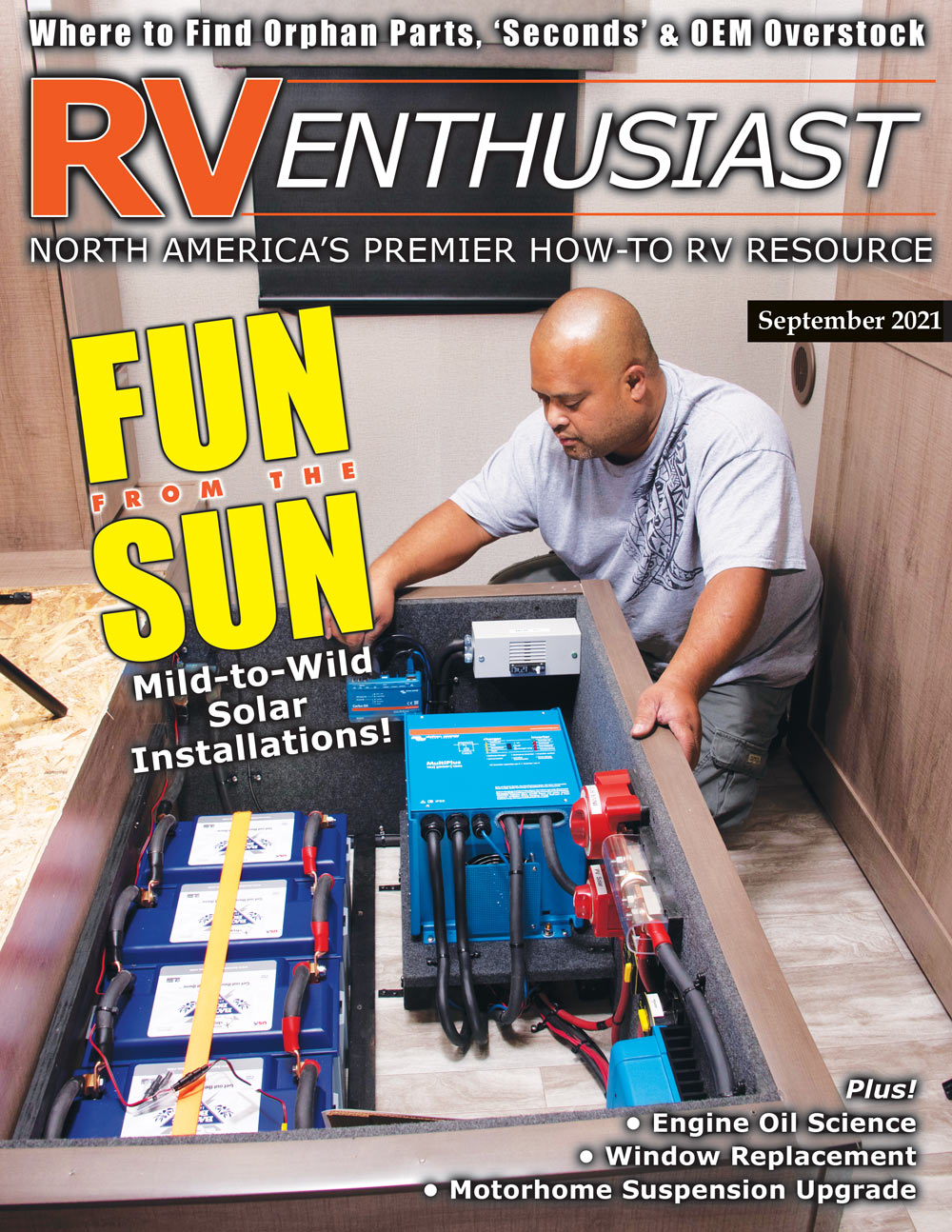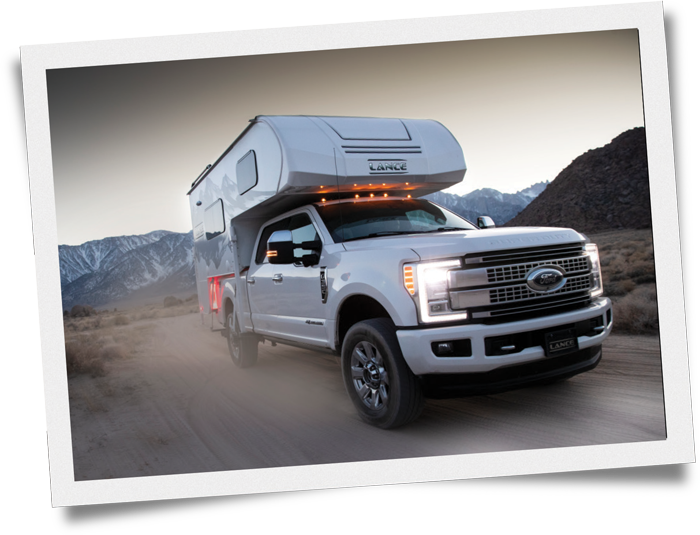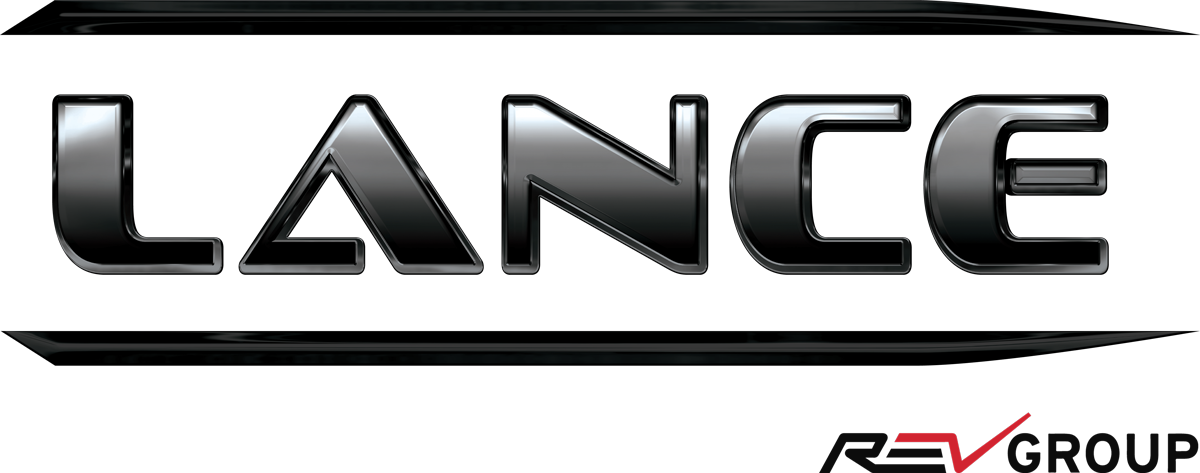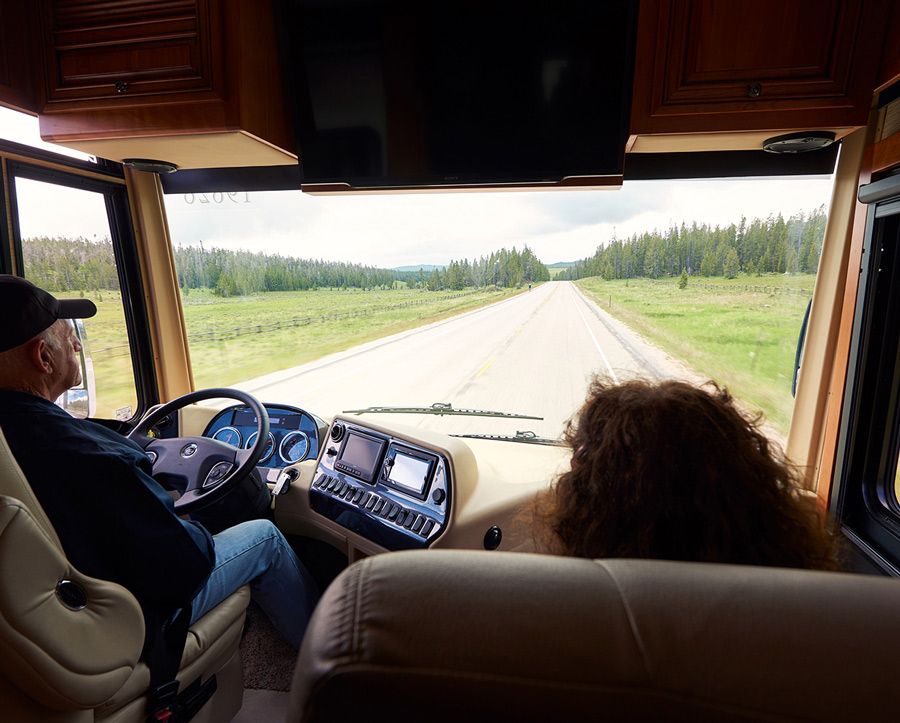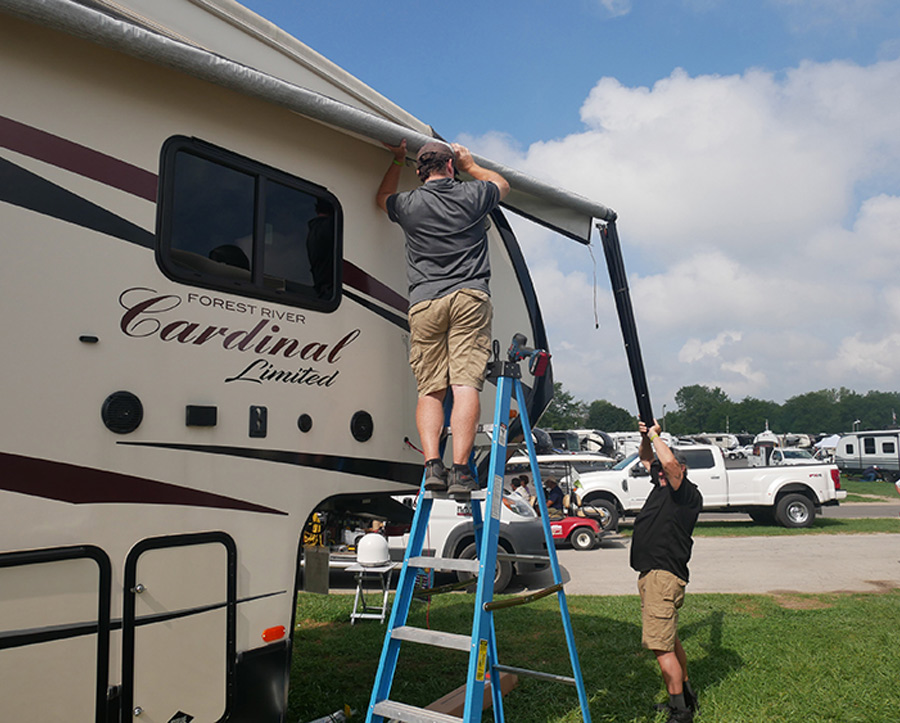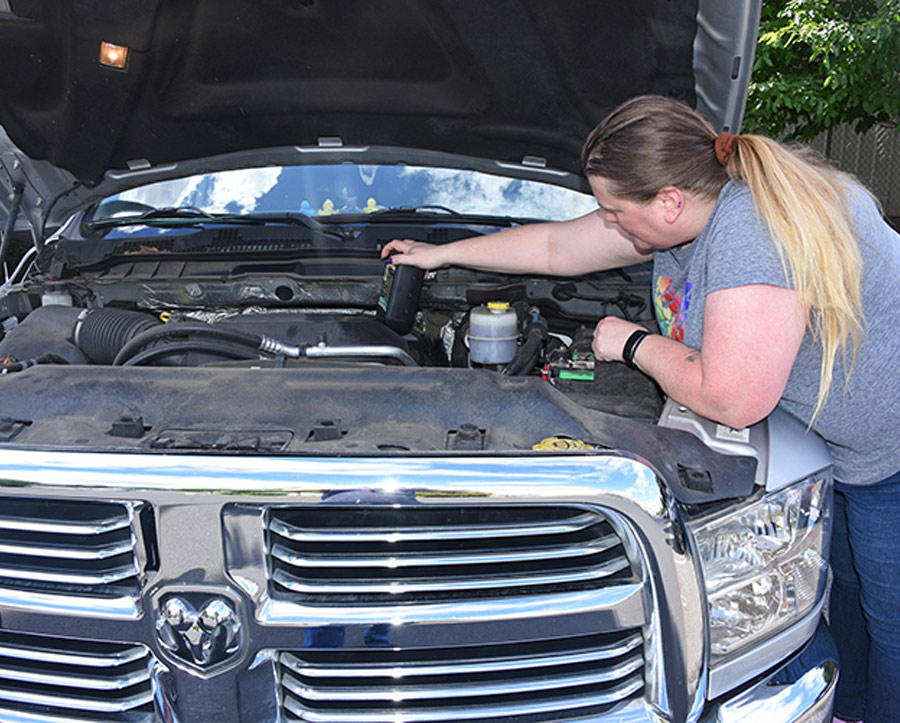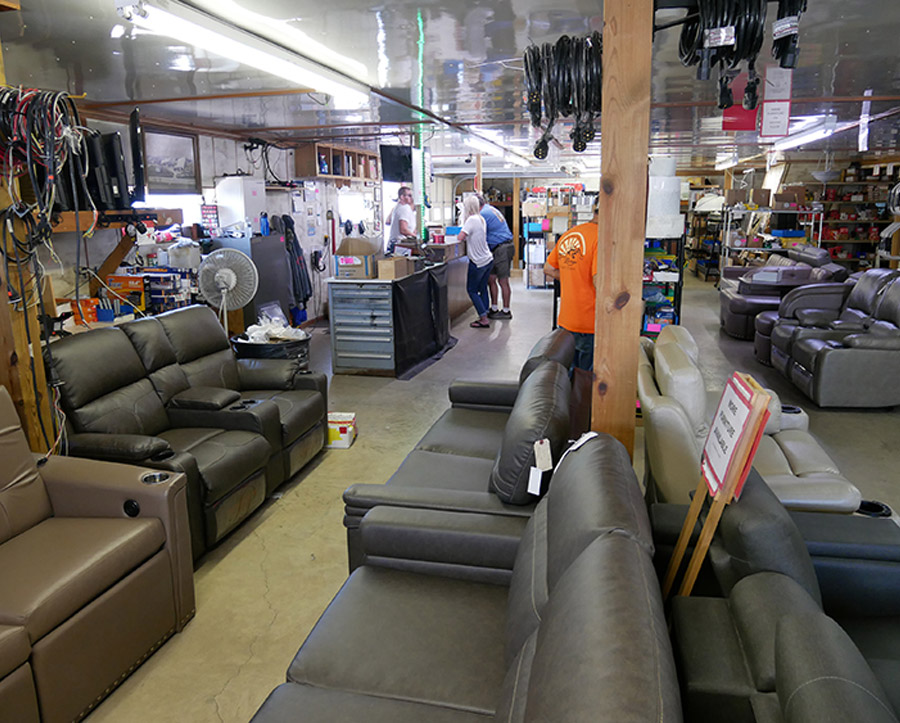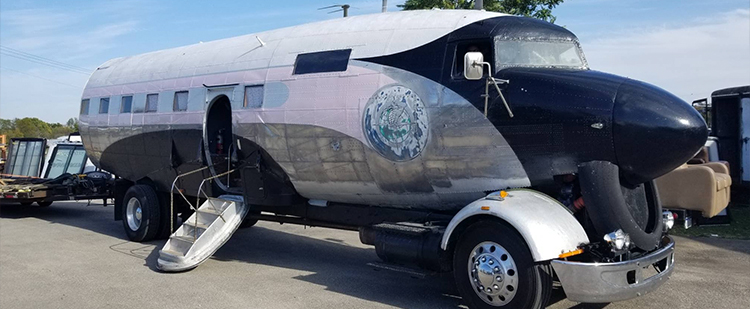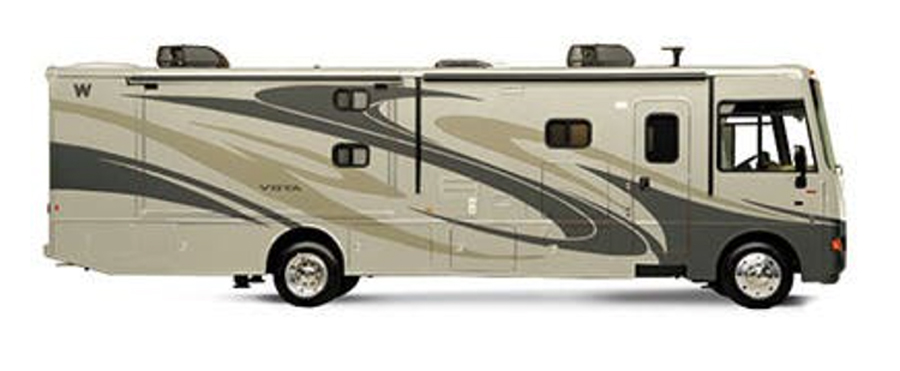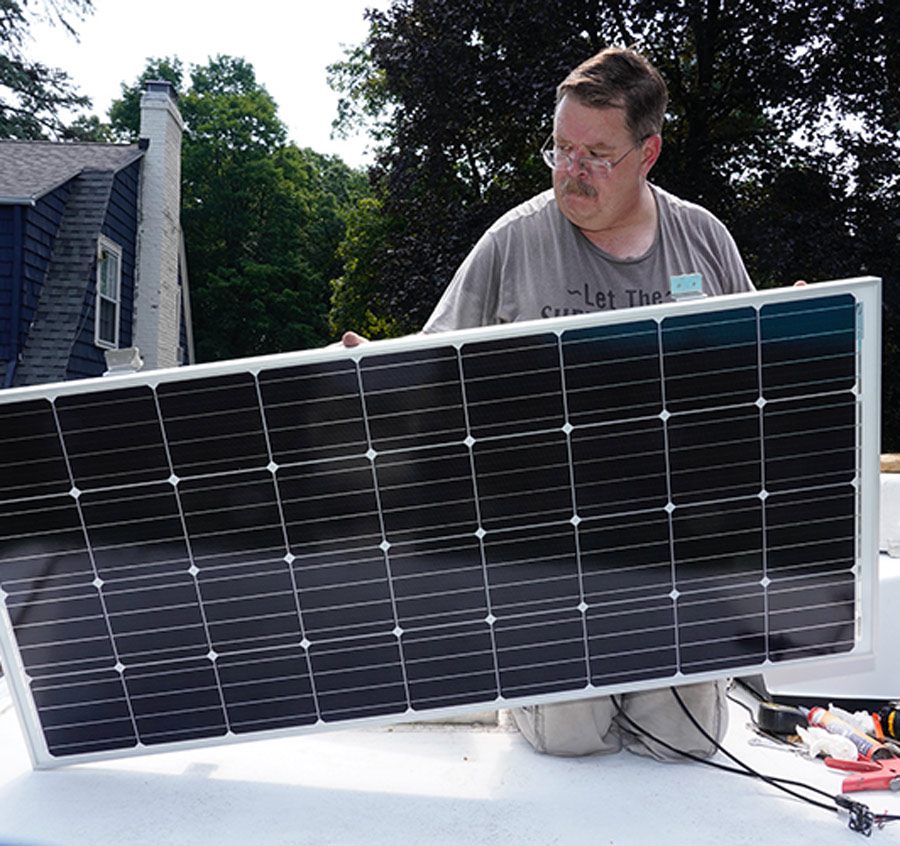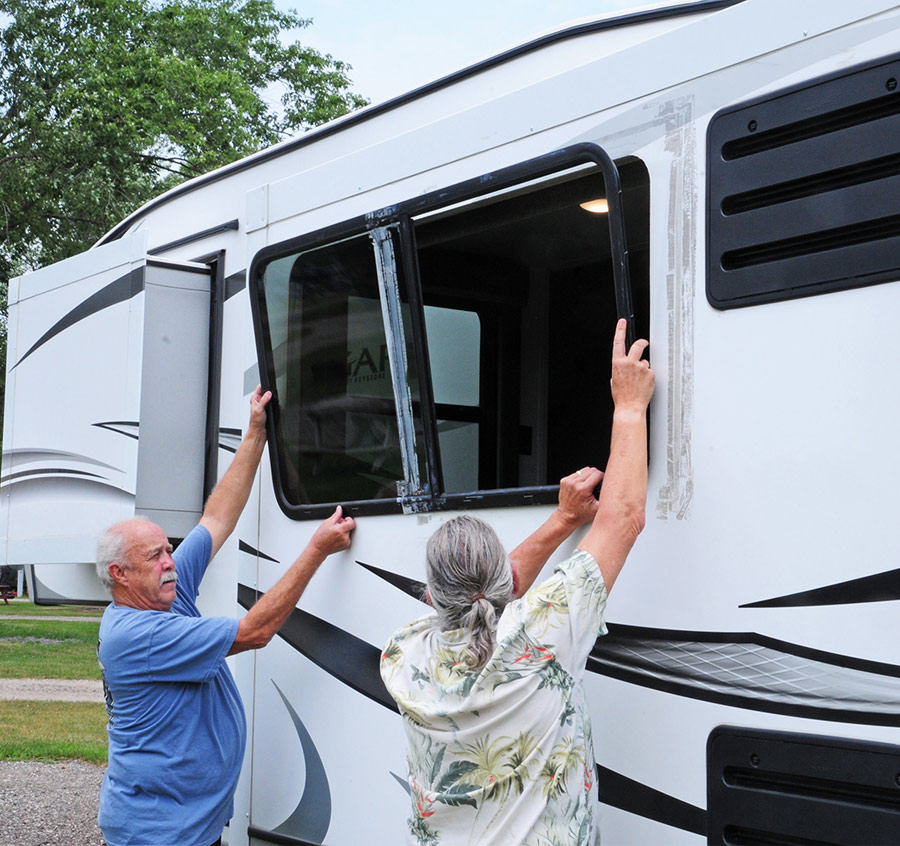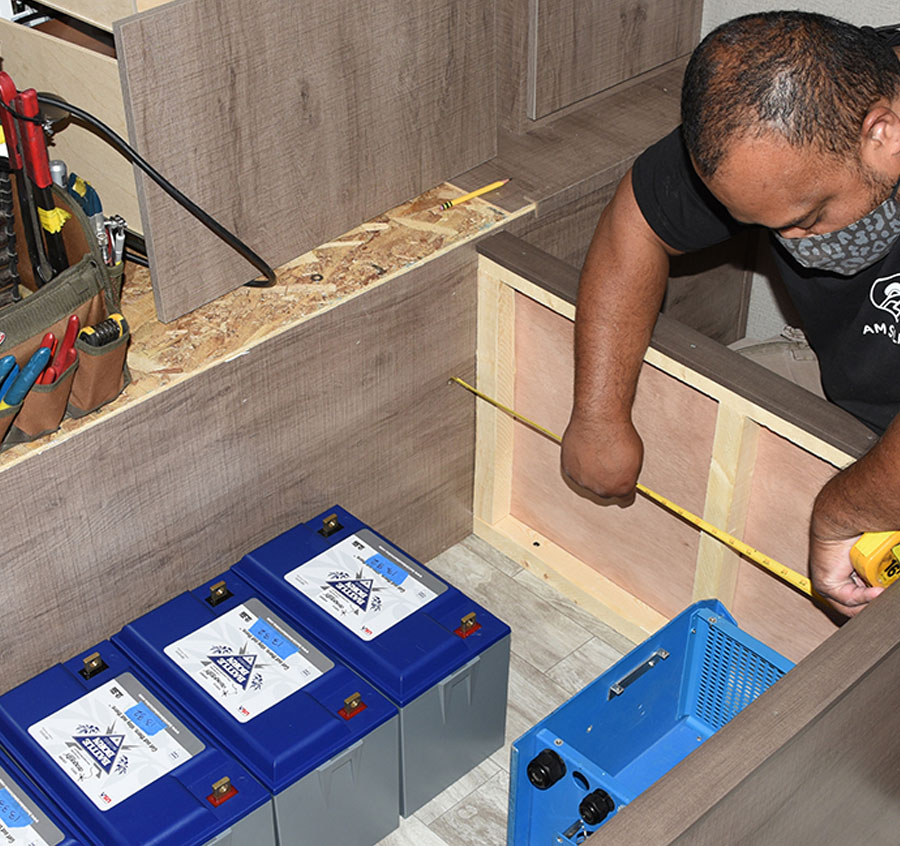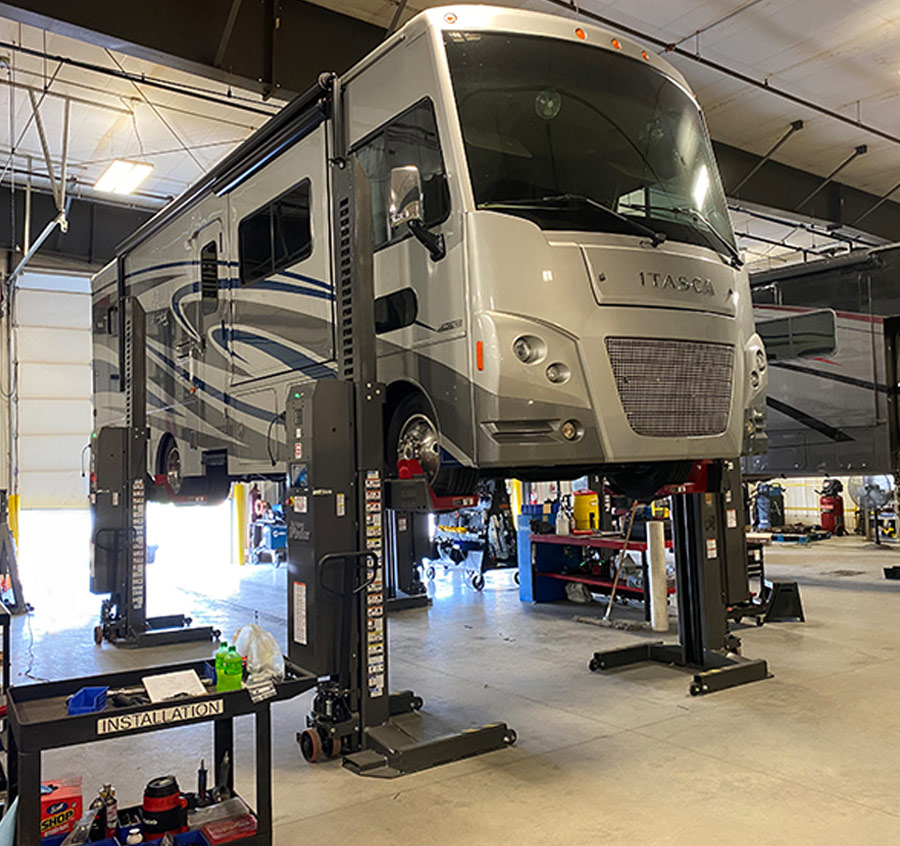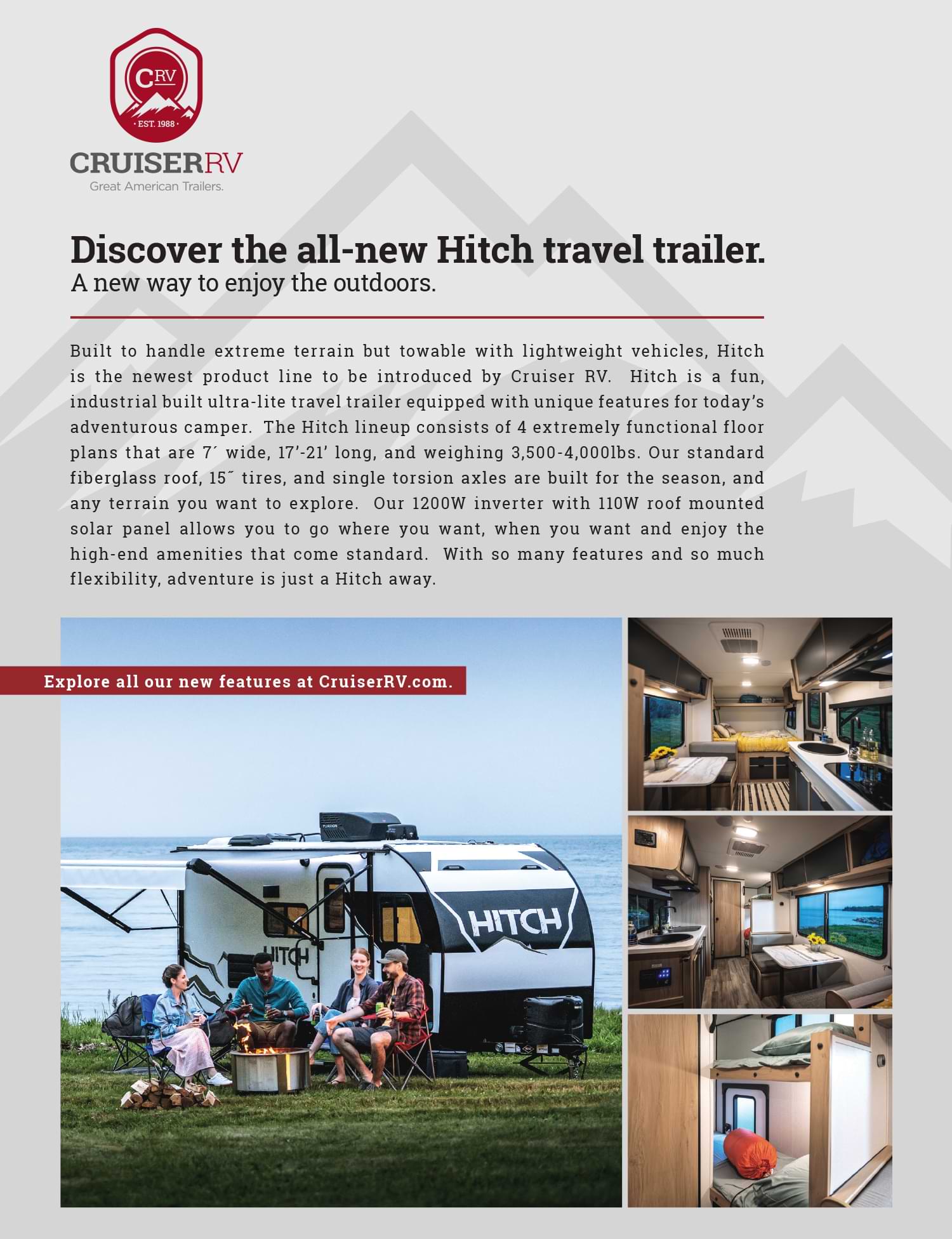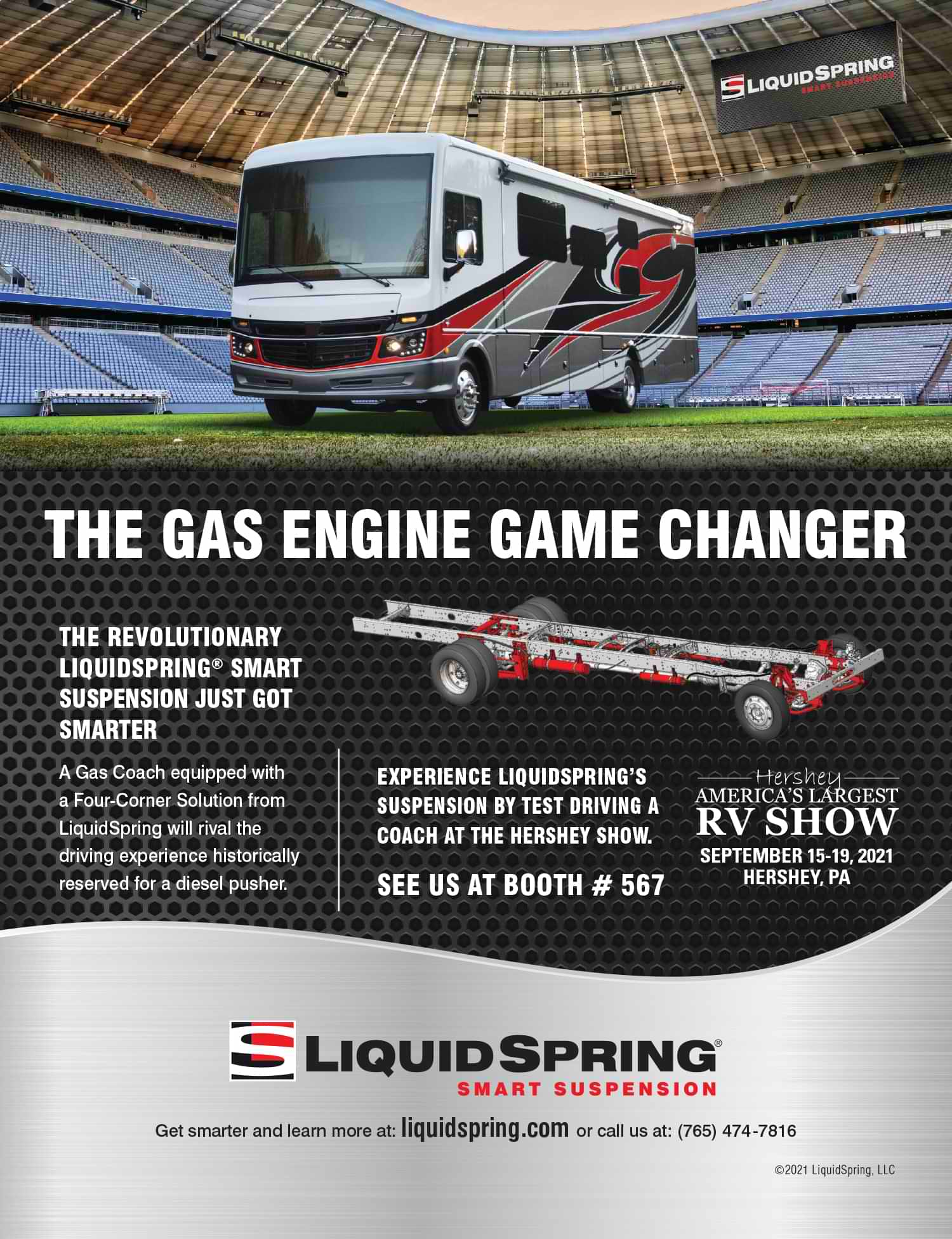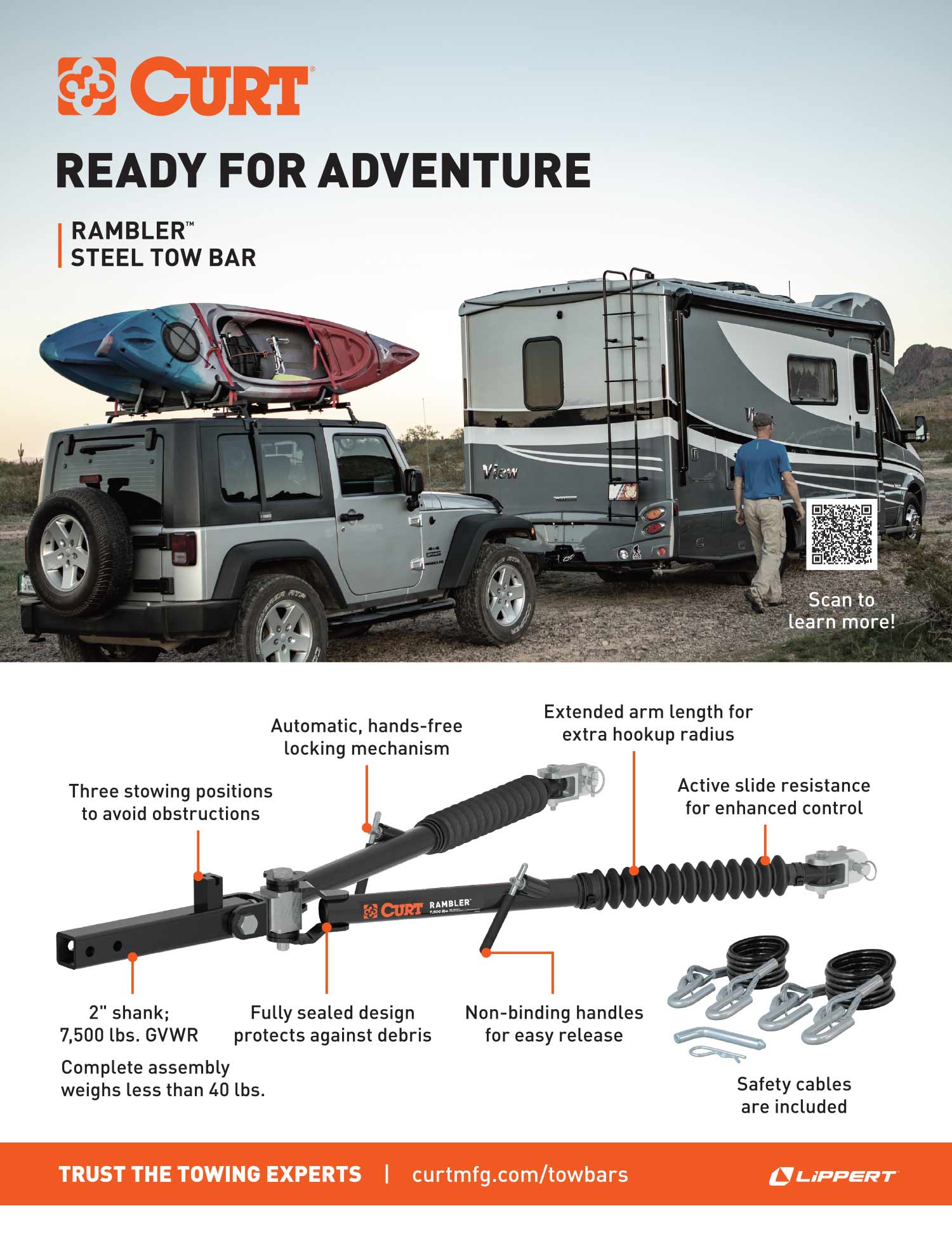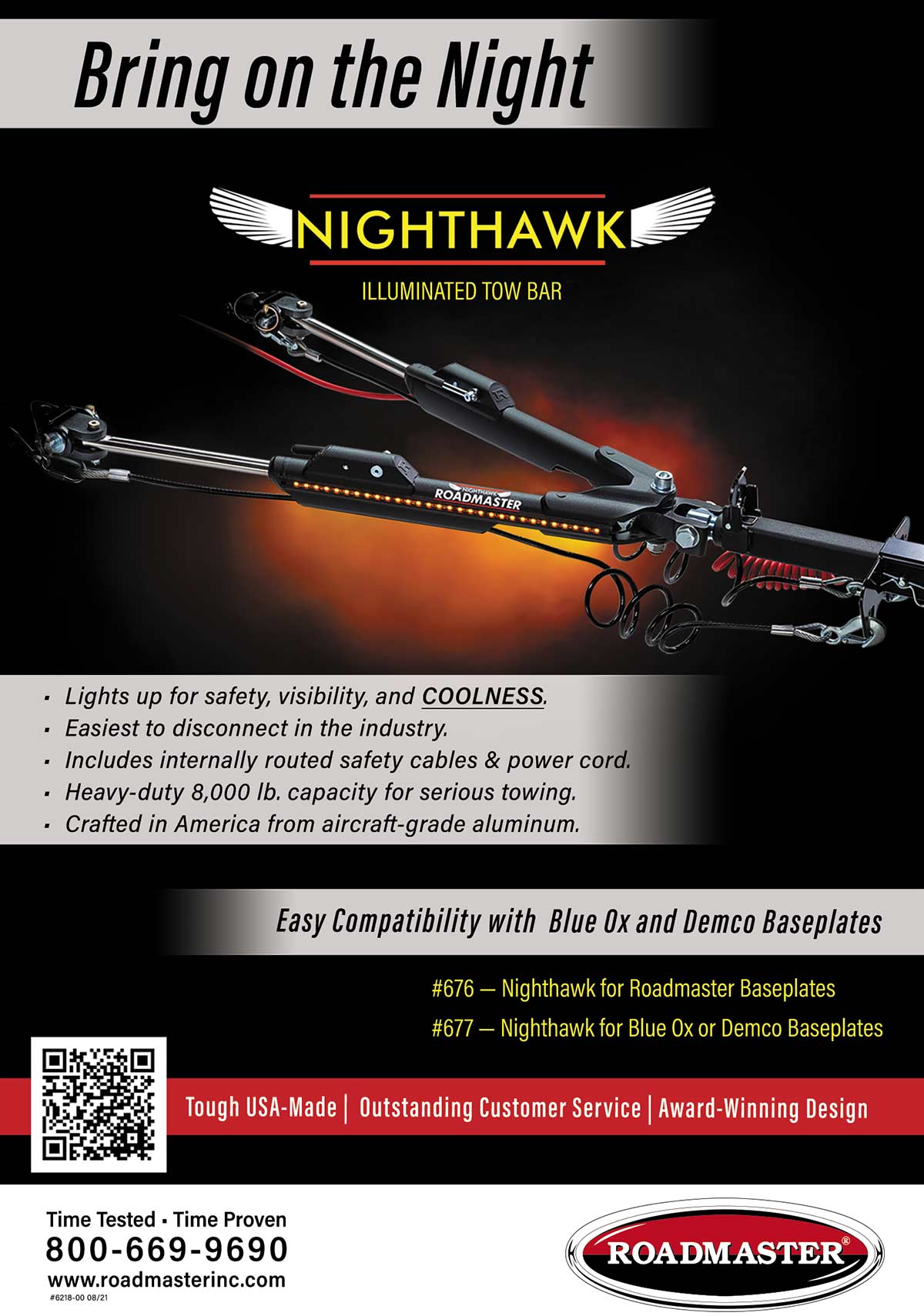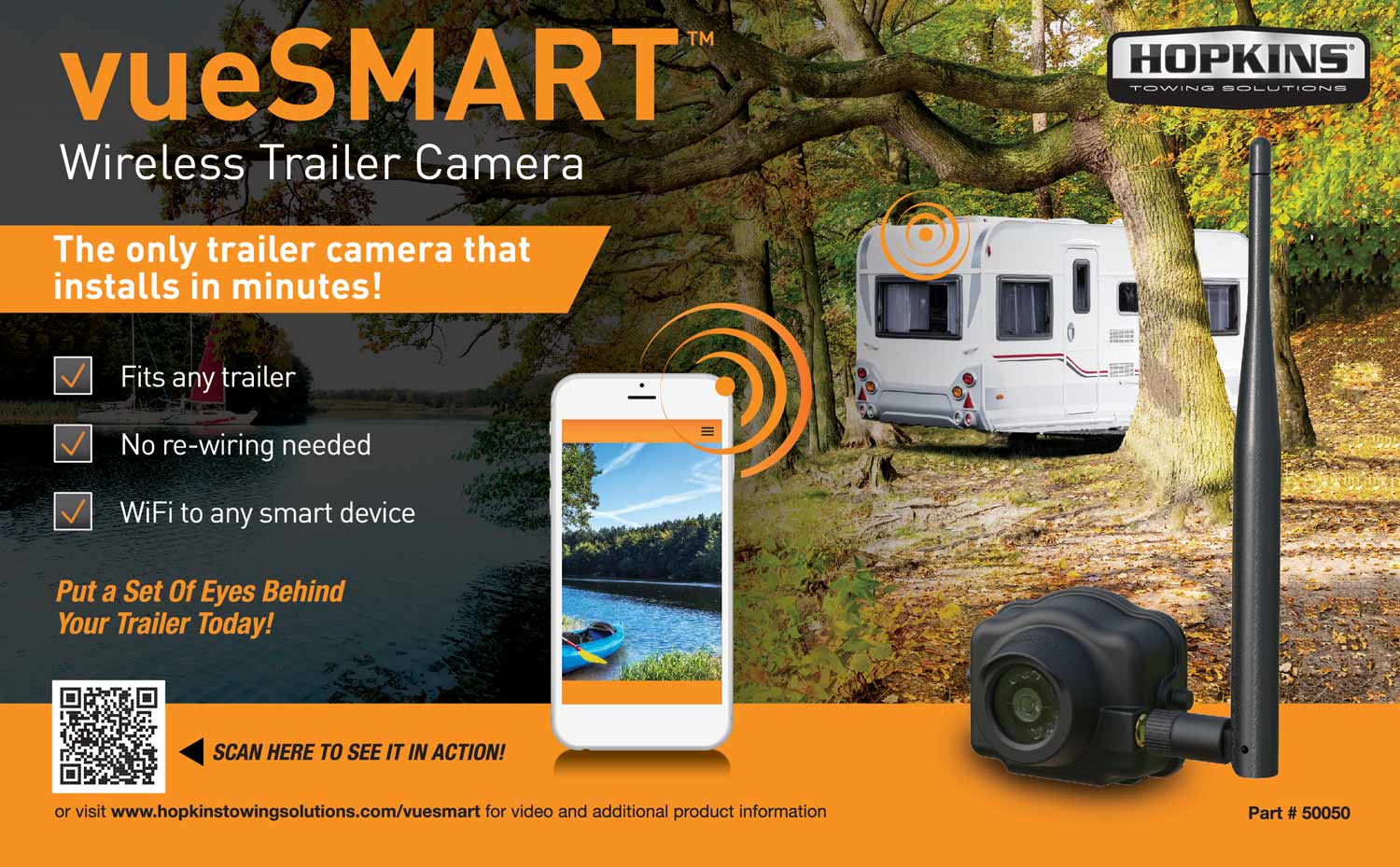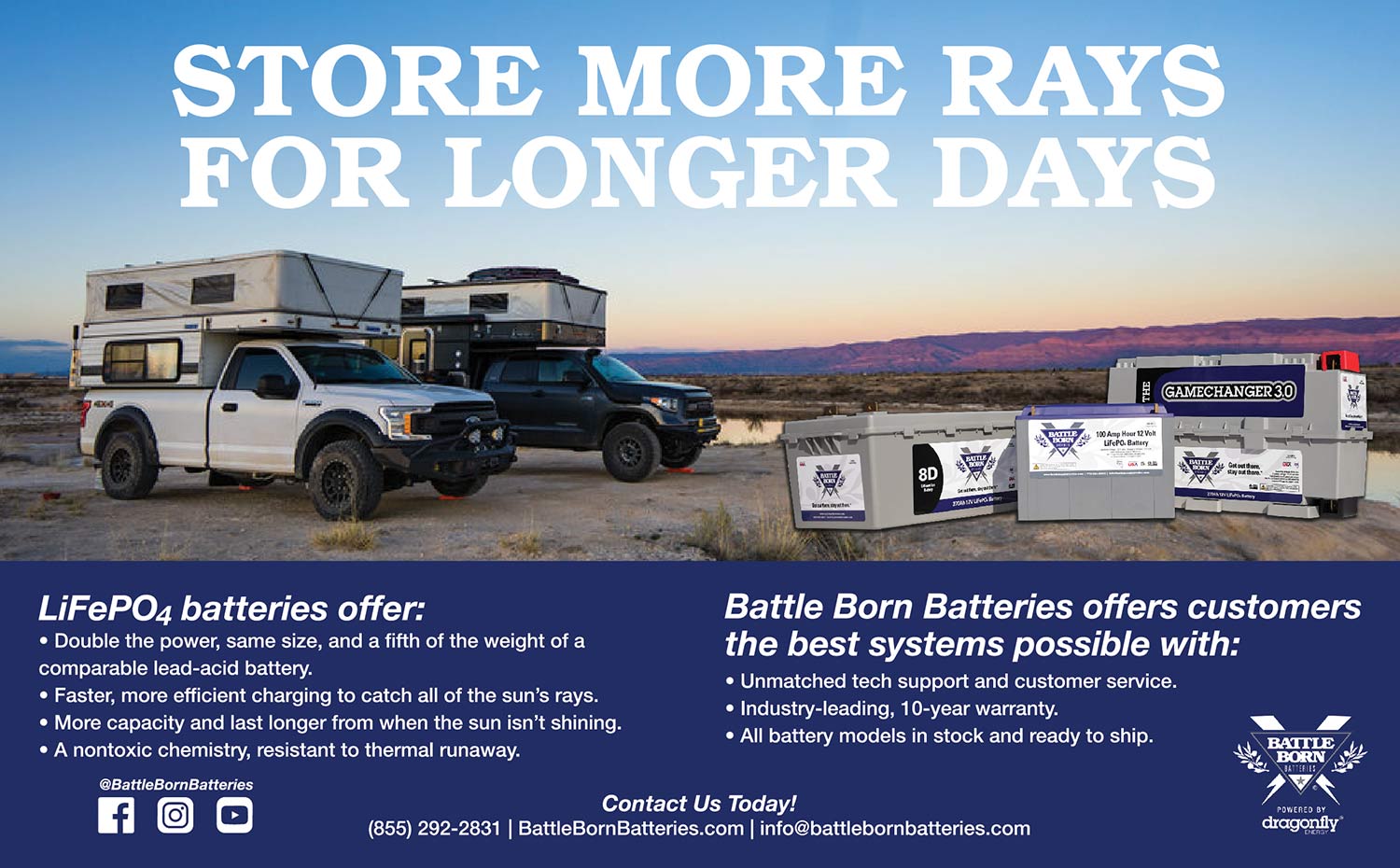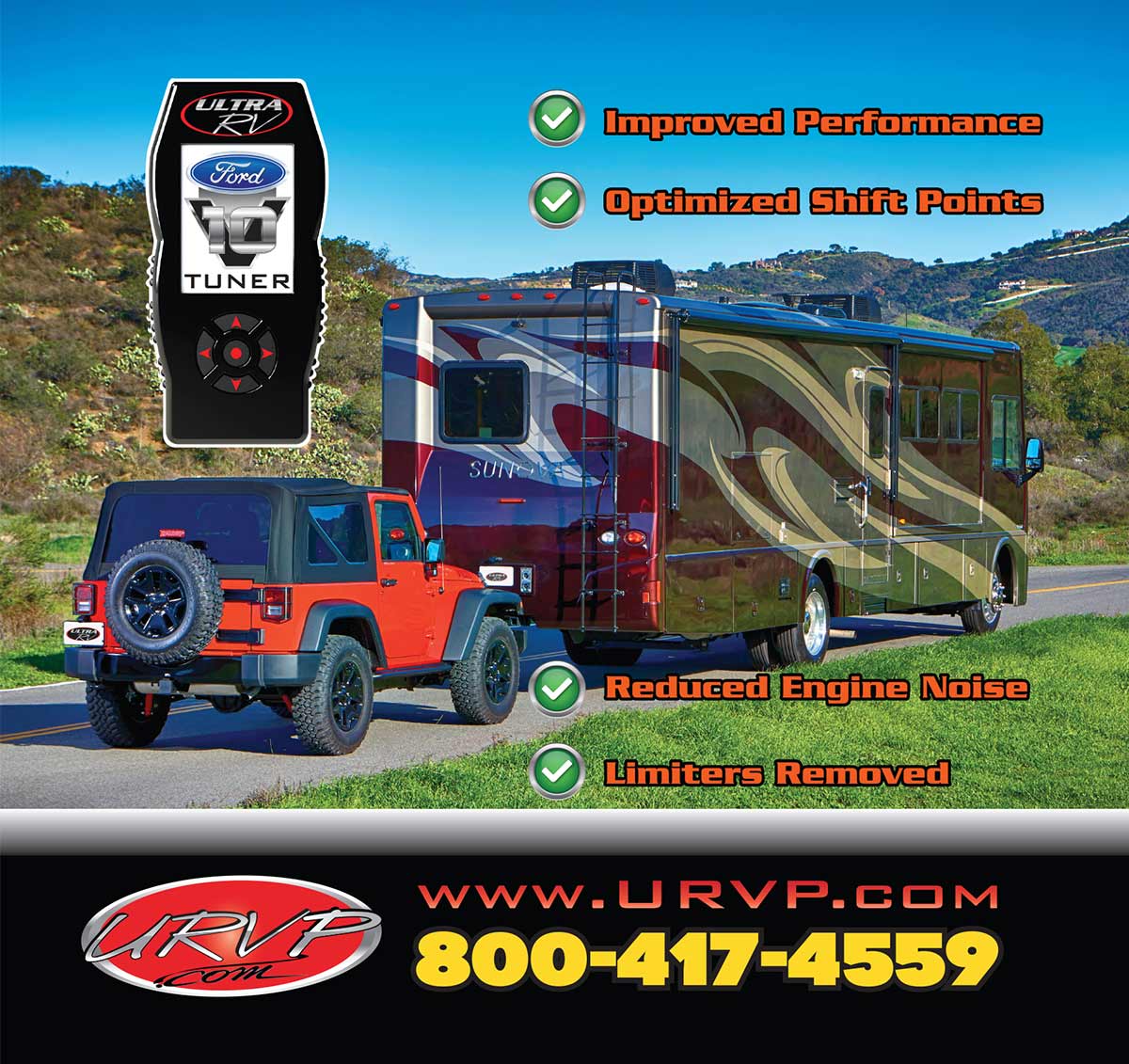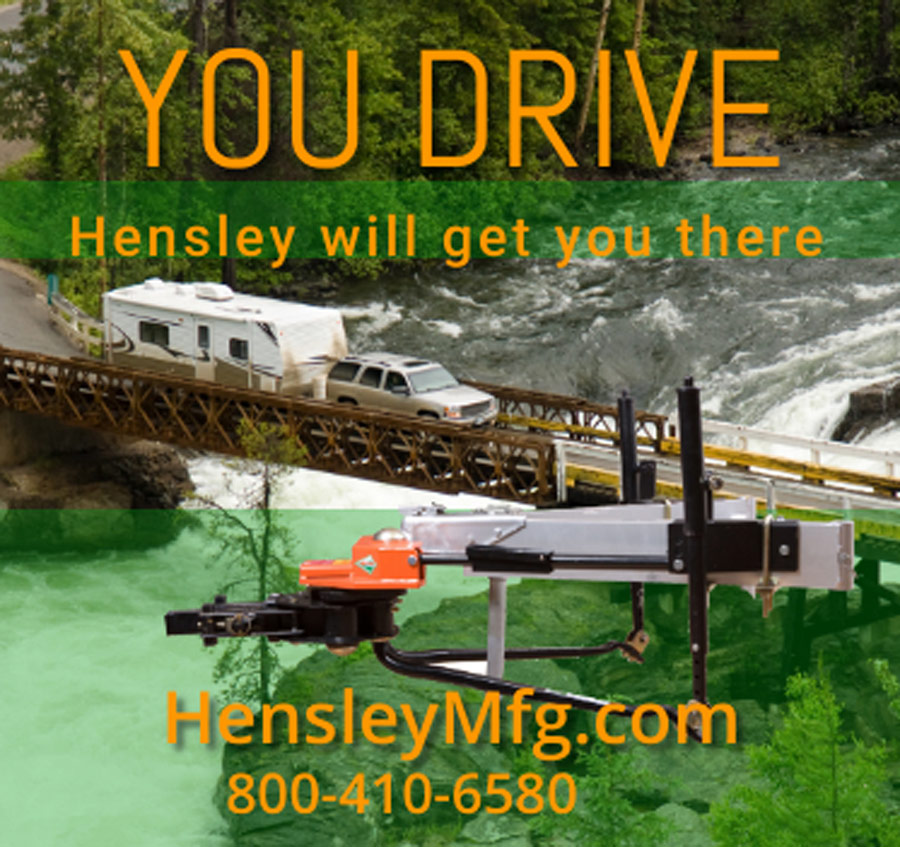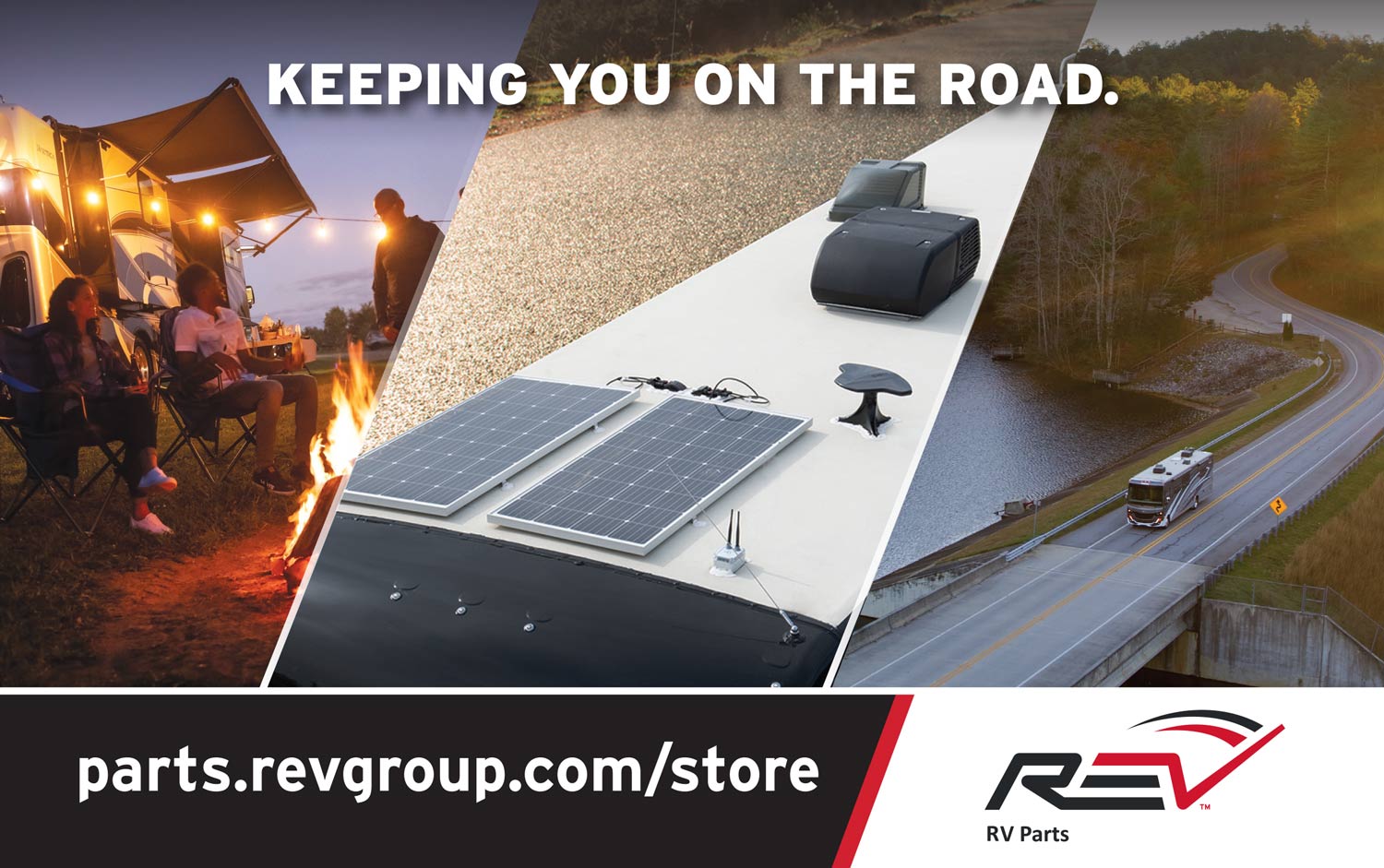Subscriber Access Only
Special Offer
Get 1 year of RV Enthusiast Magazine for just $9.99
Unlock My Offer No ThanksAlready a subscriber? Click here to access full issues.












Off-grid Capable
Heated Enclosed Holding Tanks
Ready to Roll Anytime & Anywhere

When a warning light appears on the dashboard, it can be difficult to determine what the root cause is. The inability of the driver to know how serious the situation is can cause concern. Fortunately, today’s motorhomes have several telltale signs. This overview walks readers through the lights — and what they mean — for a Spartan chassis.
Nearly 140,000 member-families strong, the Forest River Owners Group (FROG) enjoyed a week-long event in northern Indiana that was heavy on seminars, food, evening entertainment, local tours — and free repairs performed to owners’ motorized and towable Forest River RVs by an army of 300 technicians from the manufacturer and top component suppliers.
There’s a lot to know about the oil you put into your engine, but learning about designations, viscosities and change intervals isn’t difficult — and can net longer service life. The best part? Much of the information is found right on the oil container itself. All you need to know is how to translate it. And we’re here to help
The RV industry has been around for a long time, but the evolution of popular brands (or their elimination, to say nothing of some companies no longer around) can leave owners scrambling for replacement parts. RV surplus warehouses can oftentimes help — and they are great sources for finding “scratch and dent” appliances that, otherwise new, sell for fractions of retail cost.
While solar systems are nothing new, battery technology and an overwhelming desire to RV “off the grid” have pushed the segment into the mainstream in a significant way. Components are lighter, more efficient and more budget-friendly than ever, making it possible for just about anyone to boondock using packages like this 190-watt Weekender ISW kit from Go Power!
Sometimes RV owners do dumb things, like accidentally breaking a window while at a campground. Fortunately, we found a local source for ordering a replacement, then performed a “field replacement” of the large window on-site. Follow along as we document the steps involved — it could happen to you. If it does, just go easy on the tape.
Solar systems for RVs can range from single-panel affairs to high-powered custom installations. This 850-watt system — utilizing five 170-watt Zamp solar panels, five lithium-ion batteries and a host of electronics — is more involved than most, but the installation ‘best practices’ remain the same.
The Ford F-53 chassis is a popular choice for today’s gas Class A motorhomes — okay, it’s the only choice — but it’s not without its drawbacks, especially in ride quality and handling. A visit to LiquidSpring’s factory in Lafayette, Indiana, resulted in the owner of a Winnebago Itasca coach getting a “near diesel-quality ride” following the installation of LiquidSprings suspension products.
(800) 830-9729 ext. 3
[email protected]
EDITOR – Bruce Hampson
(574) 584-4616
[email protected]
TECHNICAL DIRECTOR
Chris Dougherty
(800) 830-9729 ext. 5
[email protected]
TECHNICAL EDITOR – Chris Hemer
(800) 830-9729 ext. 6
[email protected]
SOCIAL MEDIA DIRECTOR – Jim Mac
(800) 830-9729 ext. 7
[email protected]
ART DIRECTOR – MIKE ACCUARDI
[email protected]
120 Atwater Road, Springfield, MA 01107
RV Enthusiast is published monthly by RVE Media Group Inc., 3425 East Golden Valley Road, Reno, NV 89506. RV Enthusiast magazine is copyrighted in the United States, Canada, Great Britain and other countries. All rights reserved. Permission to reprint or quote excerpts considered on an individual basis and granted only by written request. Advertising rates and Editorial calendars provided upon request.
hen I first started rebuilding and modifying cars, there was no Internet. In some ways, that was a blessing. There’s little worse today than being stymied by a problem halfway through a repair, logging onto your favorite forum to explain your conundrum and getting a hundred or so replies — some of which tend to either back up one of a half-dozen or so competing “fixes,” while others usually include a cadre of members practicing a style of sophomoric humor most of us thankfully left in the fifth grade.
No, “back in the day” we developed our own information sources. Among my most trusted “consultants” were the guys across the counter at the local speed shop, who were only too happy to collect my weekly paycheck and dispense wisdom with my change. I was also fortunate enough to make friends with a group of guys who hung around at a machine shop in a neighboring city. The owner, Dennis, accepted me into the group, which meant that not only did he become a source of information but made everything in the shop available — from the typical array of engine-rebuilding machinery to a table grinder for resurfacing flywheels and a bead blaster for stripping parts. For free.
That said, most of my modifications were done in the driveway at home. Alone. Because of that, I used a time-honored hack that performed flawlessly: I took photos of what I was doing during the disassembly process in order to have some sort of guide to help during reassembly. No, we didn’t have smartphones “way back when” — but what we did have were cheap disposable cameras and 1-hour photo shop kiosks in the parking lot of every neighborhood mall.
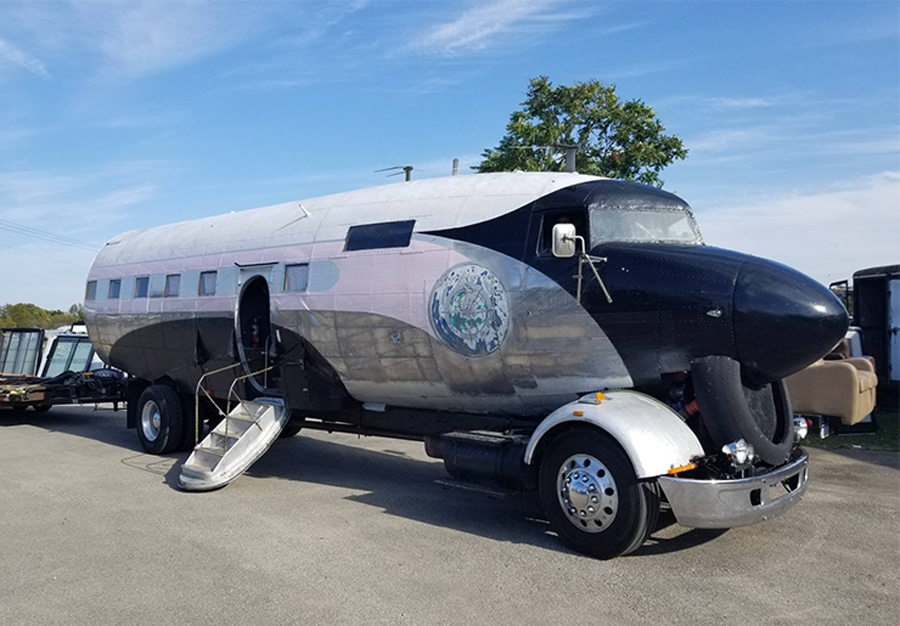
Evidentally damaged in a hurricane, Lucci’s son discovered the plane in a field, then moved it from Missouri to his home in Michigan for the year-long renovation.
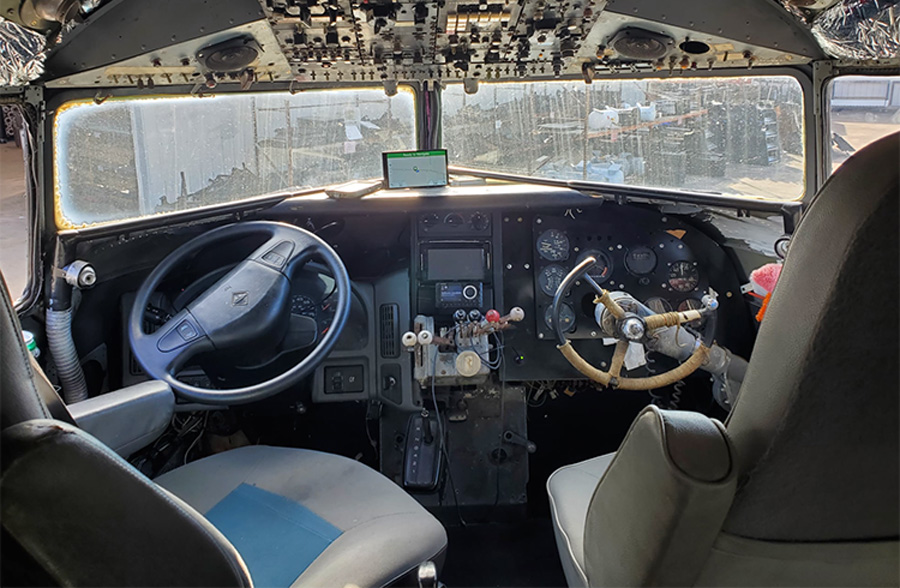

Perfectly Balanced Comfort

Perfectly Balanced Comfort

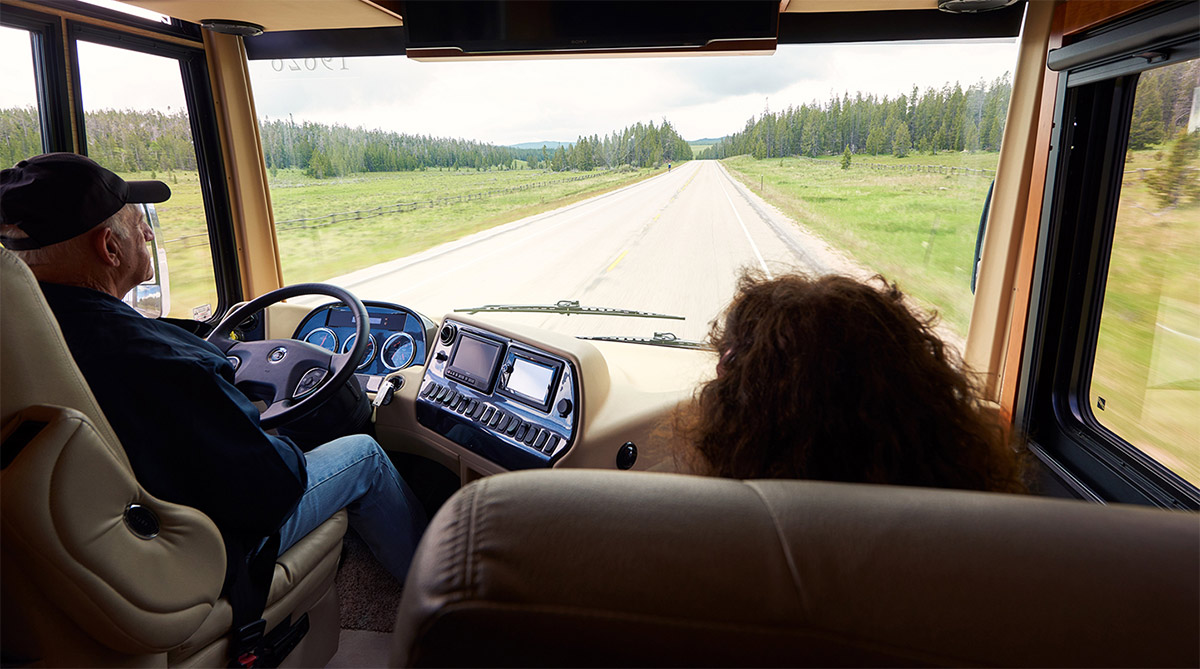
Okay, so there’s a bit more to translating dashboard “telltales” than that. Let’s take a look at the various dash icons and explain the meaning of the different telltale functions so coach owners can better understand what they can do to eliminate the issue for a variety of popular diesel engines.
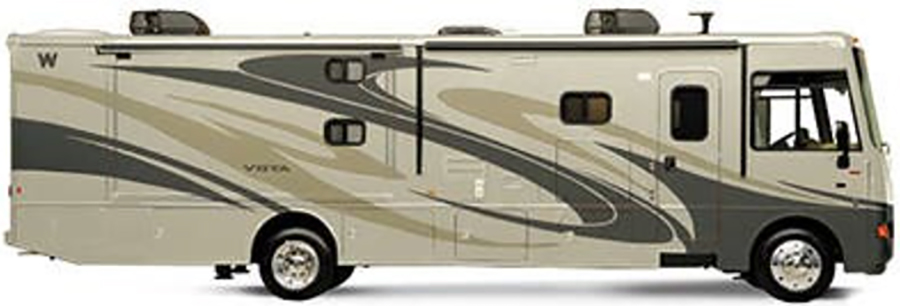
Chuck and Sharon Tuttle
Whether to choose a fiver or a motorhome comes down to personal preference, cost and convenience. I’ve had every kind of trailer and three Class A’s over the years, the last one being a diesel pusher. As you mentioned, a big consideration when traveling by motorhome is having the right transportation for touring and driving in town once you get to your destination. I was pretty good at driving the coach around in town, but it was inconvenient.
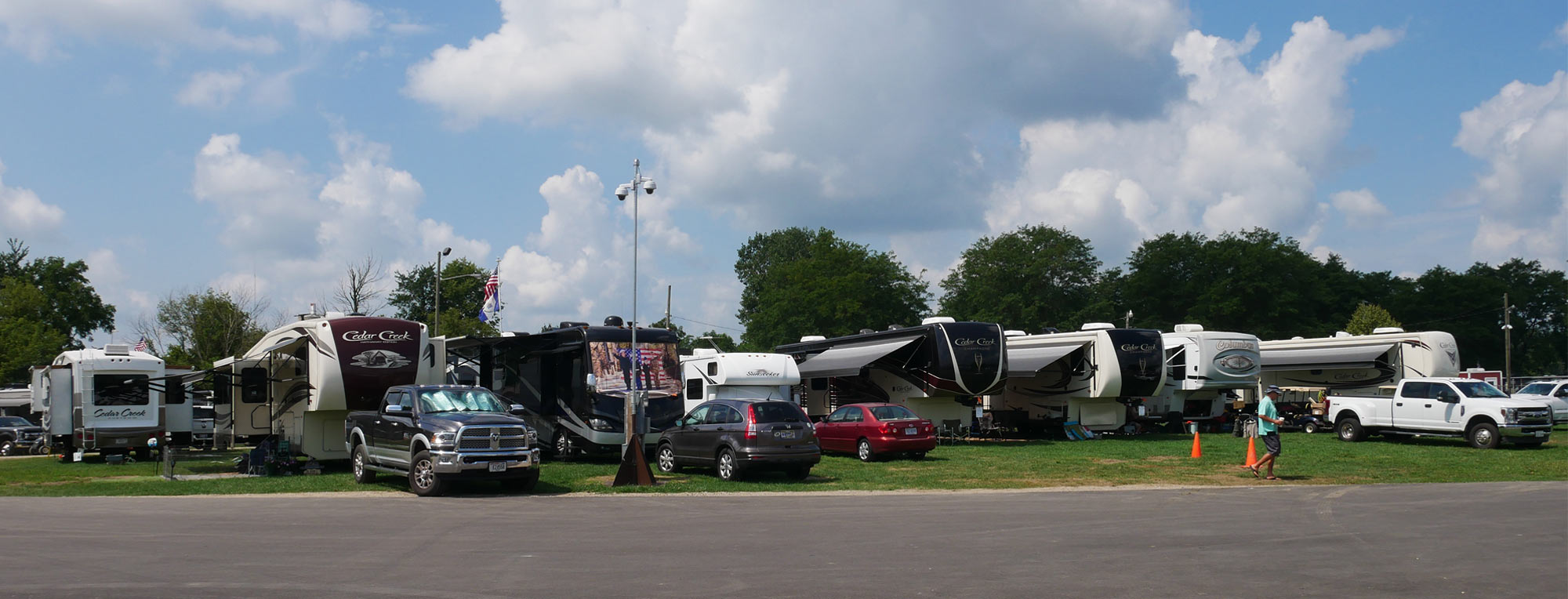
ob Byrne might best be described as unflappable. The effusive “head FROG” of the Forest River Owners Group (FROG) has overseen the club since its inception — and has worked to grow it into the largest RV owners association in North America while dealing with the innumerable dilemmas that tend to be part and parcel to staging events for such organizations.
Sometimes, though, Byrne is pitched a curveball that’s just unhittable. Mother Nature tossed one last year with the onset of the coronavirus, resulting in the cancellation of the FROG International Rally for the first time since its inception in 2012 — along with the rest of the expansive 2020 FROG schedule — and was winding up to throw Byrne a spitball for 2021. But when confirmed cases of the virus began dropping in Elkhart County, Indiana, this spring, Byrne got the go-ahead to stage the 2021 rally — in limited scope.
The 2021 International Rally, which historically pulled in more than 500 RVs — and more than double that number of participants — would be limited to just 300 entries. As Byrne recalled later, “We filled those slots in about four hours.”


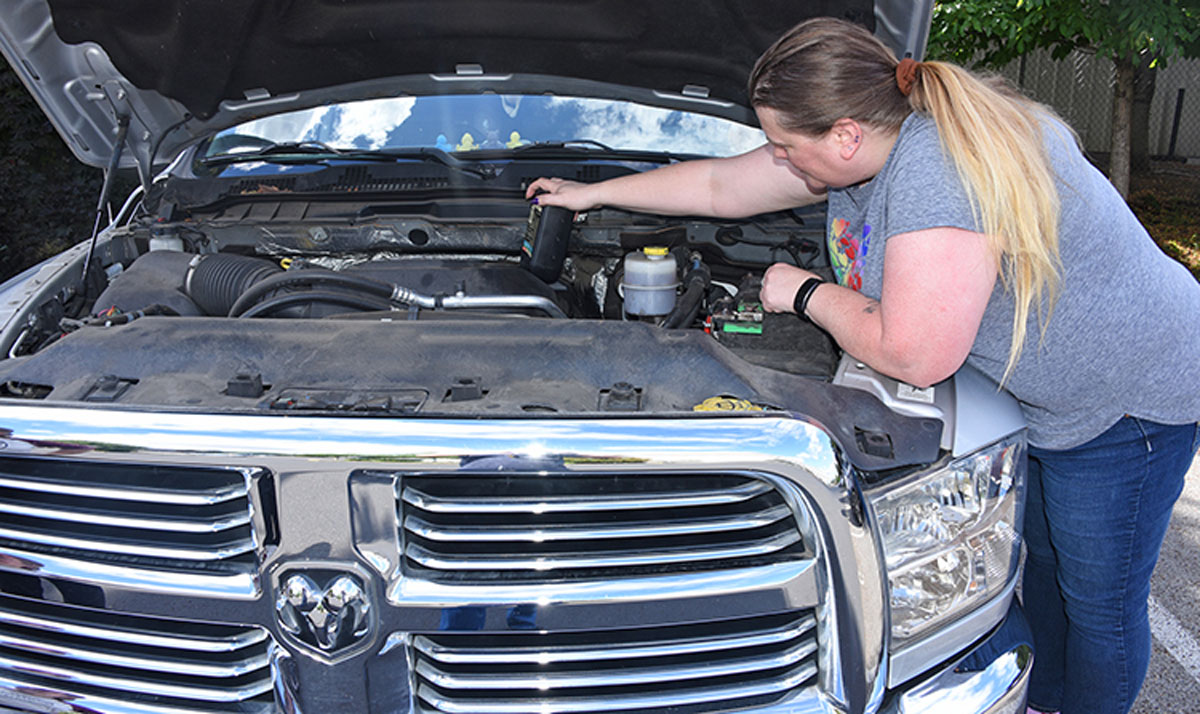
rowing up, changing one’s own oil was a rite of passage. Sure, you could take it to the dealership or a local mechanic to have the job done, but if you were a real car (or truck) fanatic, you proved your devotion to the machinery by doing the job yourself. In fact, if you’re like many of us on this very magazine, you’ve probably opened hundreds of quarts of oil over the years — you might even remember spearing a metal-topped can with an oil spout. But do you know what all those numbers, letters and symbols on the bottle mean? How about the differences between standard and synthetic oils, or when they should be changed?
If not, don’t worry — you’re not alone. But, if you are a dedicated car/truck/RV nerd, you should learn, because the science and technology behind contemporary oil formulations continues to change — and is actually pretty interesting stuff when you break it all down. Plus, understanding oils can help you get the most out of your engine in the long run.

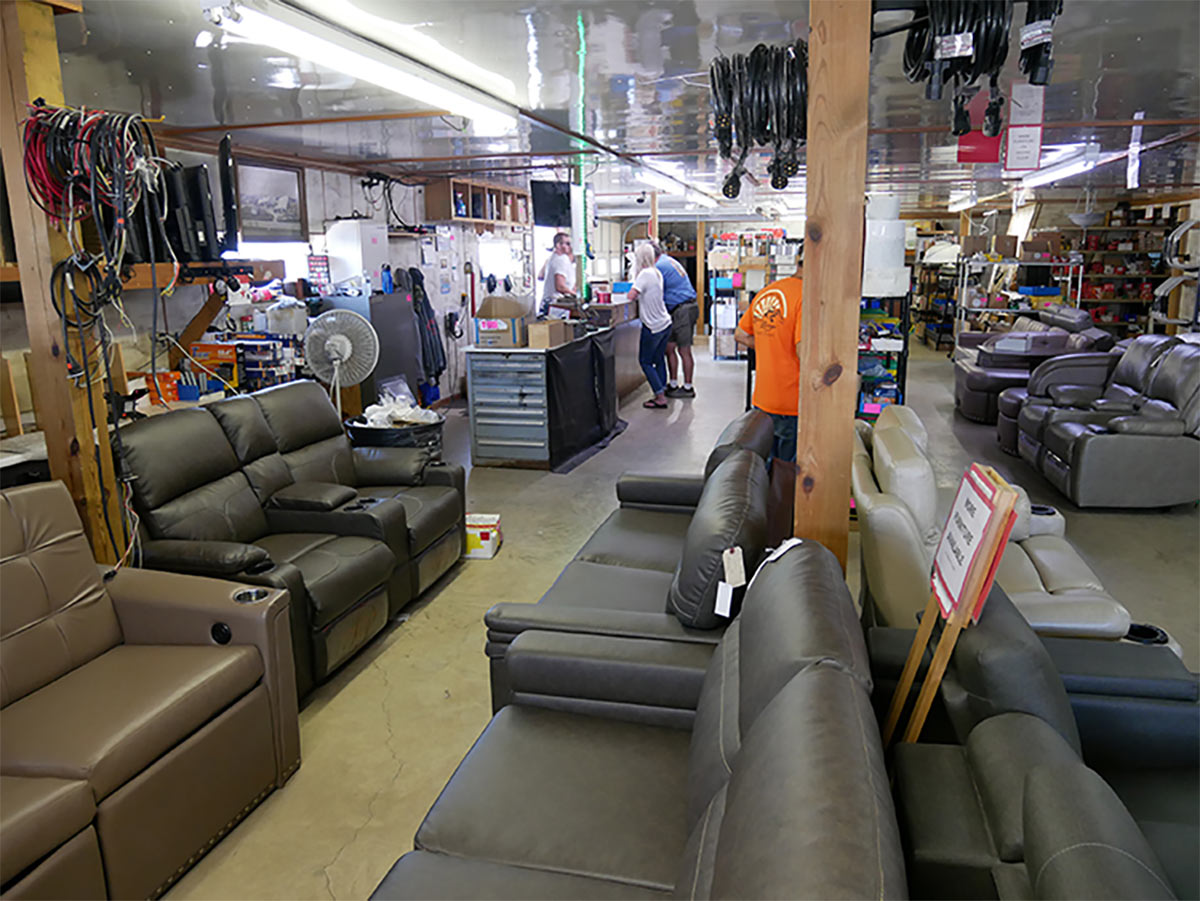
o one likes to think about the downside of the RV lifestyle: That excruciating moment when something — quite often, something either very necessary, very hard to replace or very expensive — breaks. Proper and continual maintenance goes a long way to limiting such damage, but it doesn’t eradicate it. No matter how fastidious you are about the care and upkeep of your rig, years of use and one too many potholes taken at 60 mph virtually assures that replacement parts are in your future.
That’s not always a bad thing. If, for instance, the cooling unit on your refrigerator decides it’s had enough, opting for a replacement fridge often brings with it the technological advancements made since your RV was assembled. On the other hand, as RVs age the manufacturers often move on from the materials they used in the construction of particular models, from wall paneling to cabinet doors, switch panels, vinyl graphics, lighting — the list goes on. Eventually, those components will also disappear from the shelves of the manufacturer and its dealer network — oftentimes, leaving owners of these rigs in a lurch when something goes awry. Yet another frustration among hands-on RV owners is locating the myriad “small parts” that go into the building of a typical RV, be it a headlight or taillamp bucket, a gauge, a cabinet part or a body panel.


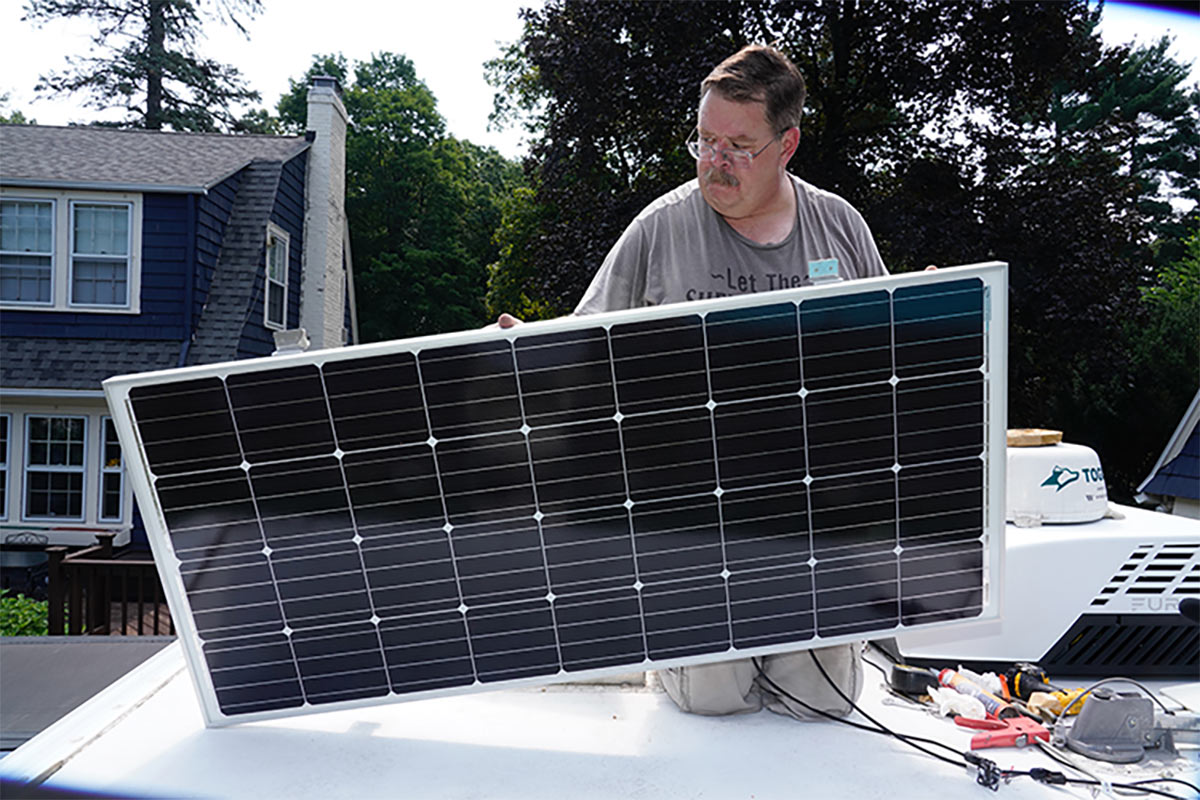

olar energy systems are all the rage for RVers. While solar systems are nothing new, battery technology and an overwhelming desire to RV “off the grid” have pushed the segment into the mainstream in a significant way. Components are lighter, more efficient and more budget-friendly than ever, making it possible for just about anyone to camp off-grid without the benefit of a generator or power hookup.
Perhaps the single biggest factor that has allowed the technology to filter down into the smallest RVs is the lithium iron phosphate battery, or LiFePO4. These batteries are the current “gold standard” for a number of reasons:

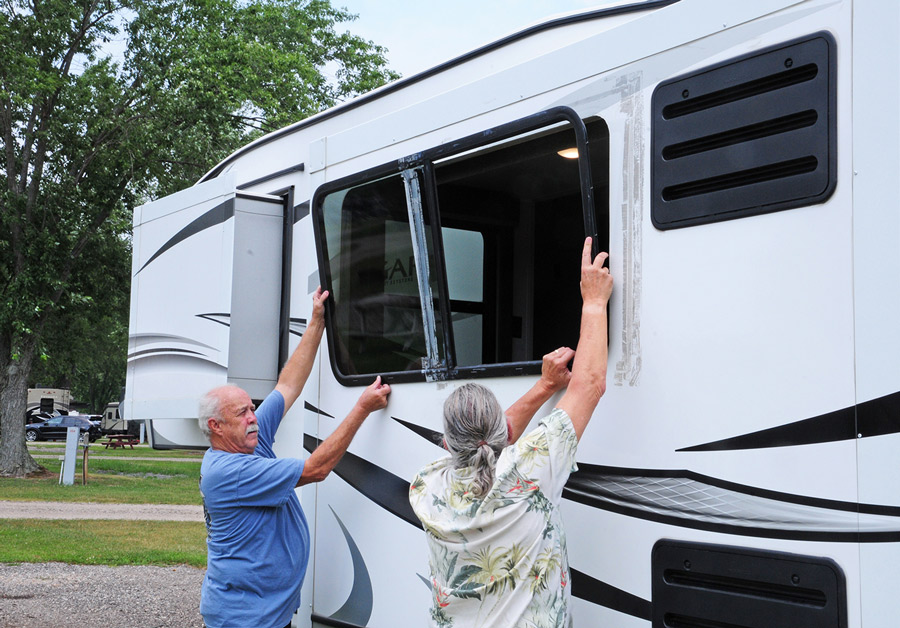
ometimes RV owners do dumb things. I have a playbook in this arena, but we’ll dispense with my campfire stories for now. A good friend of mine who owns a 42-foot luxury fifth wheel that remains parked in a resort recently purchased a smaller “fiver” to take on trips — and is still getting used to it. One evening after happy hour and dinner, he decided it was time to close the big side window behind the theater seats. Unfortunately, he’s a strong guy and, using too much force, he slid the movable pane a little too hard — right into the other side of the frame. You guessed it; the window shattered — and fractured my friend’s ego.
Since rain was in the forecast, my heavy-handed friend filled the void with plastic and cardboard, all held in place with artfully applied duct tape. It wasn’t exactly breathtaking, but it did the job. Unfortunately, searching for the right shop to replace the window presented an issue for my friends, who were just a few days into their inaugural cross-country journey. And, with RV suppliers working overtime to keep the OEM channels full of product as record numbers of people rediscover RVing, it wasn’t just trying to make an appointment at a reputable shop that was problematic — replacement parts also are tough to come by right now.




on’t blink — you just might miss it.
At a curve along Marcola Road in Springfield, Oregon, Google Maps may say that you’ve arrived at AM Solar — but as your head swivels in anticipation of a storefront, a sign, a shed, something , you’ve already passed it. One of the country’s leading authorities on RV solar systems is marked only by a driveway that leads back to an unassuming building on about an acre of land, bordered by a slough on one side and a metal fabrication company on the other. Heck, there’s not even a sign on the building.
“I had trouble finding you!” I exclaimed as I finally walked through the front door and met AM Solar President Garret Towne. “Oh yeah…” he chuckled, offering no further explanation. “Let me show you around.”
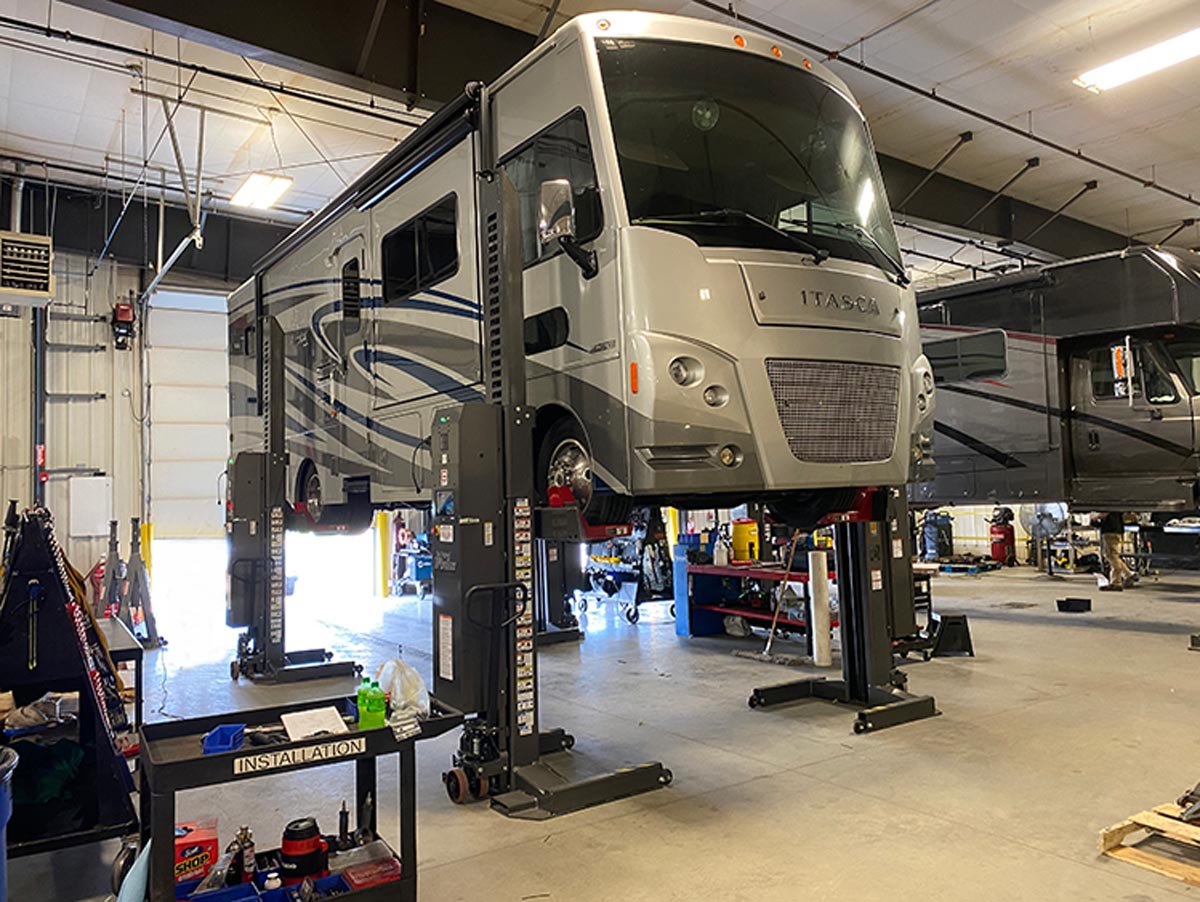
or decades, a wide variety of add-on devices have been marketed to improve the ride and road manners of the leaf-spring suspension for the Ford F-53 motorhome chassis, which has been the mainstay of the Class A gasoline-powered motorized industry. While many of the add-ons developed by various companies in the aftermarket have tempered the Ford’s road manners to a certain extent, the Ford chassis continues to be known for its stiff ride — and, at times, less-than-stellar handling.
Lafayette, Indiana-based LiquidSpring opted to go in another direction. Rather than attempt to “fix” the Ford’s shortcomings by bolting parts to the otherwise stock suspension, LiquidSpring designed a computer-controlled compressible-liquid “smart” suspension system that is installed in place of the Ford chassis’ steel leaf springs and shock absorbers. The system is available for F-53 chassis with 16,000- through 26,000-pound gross vehicle weight ratings (GVWR), dating back to 2011.
The “liquid” in the LiquidSpring system is silicone-based and compressible under high pressure. Struts (a piston in a cylinder) replace the steel leaf springs. Instead of leaf springs flexing and loading under varying road conditions, the silicone-based liquid is compressed at a variable rate determined by an onboard computer that analyzes suspension movement in milliseconds and changes pressures (2,200 to 4,000 psi) in the struts as road conditions vary. The liquid serves as load support as well as shock absorbing; hence the variability the system provides is a radical transformation of the stock F-53 suspension system.

ost of the unique and out-of-the-way places RVers visit can usually be found by searching for wildlife refuges, national monuments, historical sites or perusing sites such as Roadtrippers.com for new discoveries — but not all places to visit are described in tour books and Internet sites. Just about anywhere you travel, there are interesting things to seek out, even in the most unlikely locations. Recently we discovered a number of interesting sites while waiting for our motorhome to be serviced at Redlands Truck & RV in Redlands, California. We used the time that our motorhome was in the shop to explore the area around us, and really “discovered” the beautiful little town of Redlands, California — a place most travelers would not have on their bucket list.
As we learned, sometimes great locations are hidden in plain sight.



